Dr. Patricia Maryland, President, Healthcare Operations and Chief Operating Officer, Ascension Health, spoke with CAMH on August 27 about the organization’s commitment to value-based payment.
Maryland: Our vision is personalized care. We believe that the future of health care is consumers being much more involved and proactive in their own care; they will drive what happens to them. Our aim is to put the person at the core of our work—people from all walks of life, especially those struggling. It is very important to listen to what people need, then challenge ourselves to be innovative in delivering care that meets their needs. Integrating care is key to our strategy, so that all our providers can deliver the best care in a coordinated fashion.
Two examples of this innovative approach are Together Health Network and MissionPoint. Our Together Health Network (THN) is a clinicallyintegrated network formed in 2014 by Ascension Health Michigan, Trinity Health Michigan, and physician partners across the state. Both Trinity and Ascension Health share the vision to develop a physician-led, statewide, clinically-integrated network that delivers on what we call the Quadruple Aim: high quality, patient exceptional experience, provider exceptional experience, and low cost. We are committed to innovation and care transformation. Our goal is to build on the successes of our health systems and partner with physicians to better coordinate care across the continuum and shift to a proactive, planned, and engaging approach. In addition, both organizations support the efforts to further the Catholic health care presence in Michigan as a way to ensure access to reverent, missionfocused care. We already see some successes with integration. The THN leadership team is in place, and discussions with payers to develop strategic products and pursue other contracting opportunities are ongoing. In addition, we’ve started to build an integrated, enabling infrastructure across the network. We are enabling real-time information exchange between our hospitals and physician practices and are working to extend to other providers in the care continuum. The first THN product developed was a Blue Care Network Medicare Advantage narrow network plan named ConnectedCare, which was launched on January 1, 2015. The plan is available in targeted counties. It has exceeded our initial enrollment projections and continues to draw interest from partnering payers.
MissionPoint builds networks with physicians and other caregivers to enhance their ability to deliver highquality, safe, and valued care. It provides clinically-integrated networks, clinical management services, physician alignment and incentive strategies, population risk analysis, onsite clinics, ‘care-at-a-distance,’ and wellness services. We now operate in seven states, have more than 7,500 directly contracted clinically-integrated providers, have more than 250,000 members, and manage $1.5 billion in annual health care spending. We are expanding MissionPoint into a number of other markets across the country. By working with MissionPoint, selfinsured employers, payers, government agencies, and other organizations can access these networks to improve health care outcomes for their members, while also lowering overall healthcare costs.
Maryland: Absolutely. First, we do not impose a one-size-fits-all model. Our programs are tailored to the needs and readiness of the market. For example, Mission Point works in seven states while Together Health Network (THN) is specific to Michigan. In the THN model, Ascension Health and Trinity realized that we were aligned in so many ways: we are both Catholic health care systems with similar missions and we complement each other geographically. Together we will have great impact on health across the state.
Also, Ascension Health is committed to serve the communities across the country with compassionate, personalized care for all. We know we have to focus on more than just health; we have to improve the overall quality of life. This means starting with the basics: housing, safety, and nutrition. The social determinants of health are key. We have several unique initiatives in partnership with the community. For example, in Detroit, we saw declining populations in certain zip codes and underused hospitals. We repurposed some of our assets to serve this population differently. We created community hubs, partnering with other organizations and agencies to have a broader impact. We worked with the police department to create a safe environment. We converted one old hospital to a senior center, partnering with the Agency on Aging. We set up activities, services, primary care and urgent care. We created a safe walking trail around the campus. We set up cooking classes and a dollar store selling fresh fruits and vegetables for less than one dollar. We have done similar things in other states as well.
Maryland: We believed in the challenge. As the largest Catholic and not-for-profit health system, we asked, “If not us, then who?” This is so consistent with our mission. And we know we have to change the delivery system. Look at our country’s international ranking for health status. Look at the impact of escalating health care costs on employers and our national economy. We must focus on getting better outcomes, better patient experience, and better experience for those who care for them. Lower cost is not our driver; it is a by-product. Practicing evidence-based medicine and coordinating care are key to better outcomes and experience. We must bring all the necessary multidisciplinary providers together as a team to create a treatment plan to optimize outcomes. We must integrate diagnostic services, specialists, and all components of the care continuum to provide care from a holistic perspective. “Connect, coordinate, and integrate” is our theme.
Maryland: As alternative payment systems drive us to value versus volume—to provide proactive care versus episodic treatment—our partners see risk because it challenges some long-established patterns of behavior. But they also see opportunity to make a difference in people’s lives. That seems to give them greater willingness to take on risk, both upside and downside risk (a share in the savings over budget and the loss if costs exceed budget). Together we must monitor and manage care for covered populations in the most appropriate way that will provide excellent care and drive down cost.
Maryland: One such story involves an elderly couple who were stable with multiple chronic conditions. Suddenly, the husband, who had heart failure, began to come to the emergency room with worsening symptoms, and his wife started to be seen multiple times for falls. They both were treated and their medications were adjusted. The health partner did a home visit due to the worsening situation and found that the hot water heater, which was in the kitchen, was leaking and the couple had no means to have it repaired. This was leading to the wife slipping and thus not being able to prepare the correct food for her husband. They began to eat more processed food, which worsened his heart failure. By finding the resources to replace the hot water heater, both their issues improved. New payment models will require us to figure out and fix these types of issues. The movement to a consumer-based, value-driven health system cannot solve all of these problems, but it begins to create the incentives for health care providers to address the impediments to health rather than simply treating patients in a fragmented way when they present. It is very exciting to see payment models become much more aligned with the true needs of those we serve.
Maryland: Standardization based on clinical evidence and sound business practices leads to highly reliable and efficient care, which leads to reduced costs. It is important to focus on quality and clinical outcomes, organize care around patients, create an evidence-based treatment plan, and enable information sharing. But, while efficiency is the business driver, we are also making the patient and provider happier. Patients appreciate the ease of access and ease of use; they want to come back. Providers also have good experience and will want to continue to participate. Nationally it makes sense because lower costs help make employers more competitive internationally and reduce the percentage of GDP that health care costs represent, strengthening the US economy.

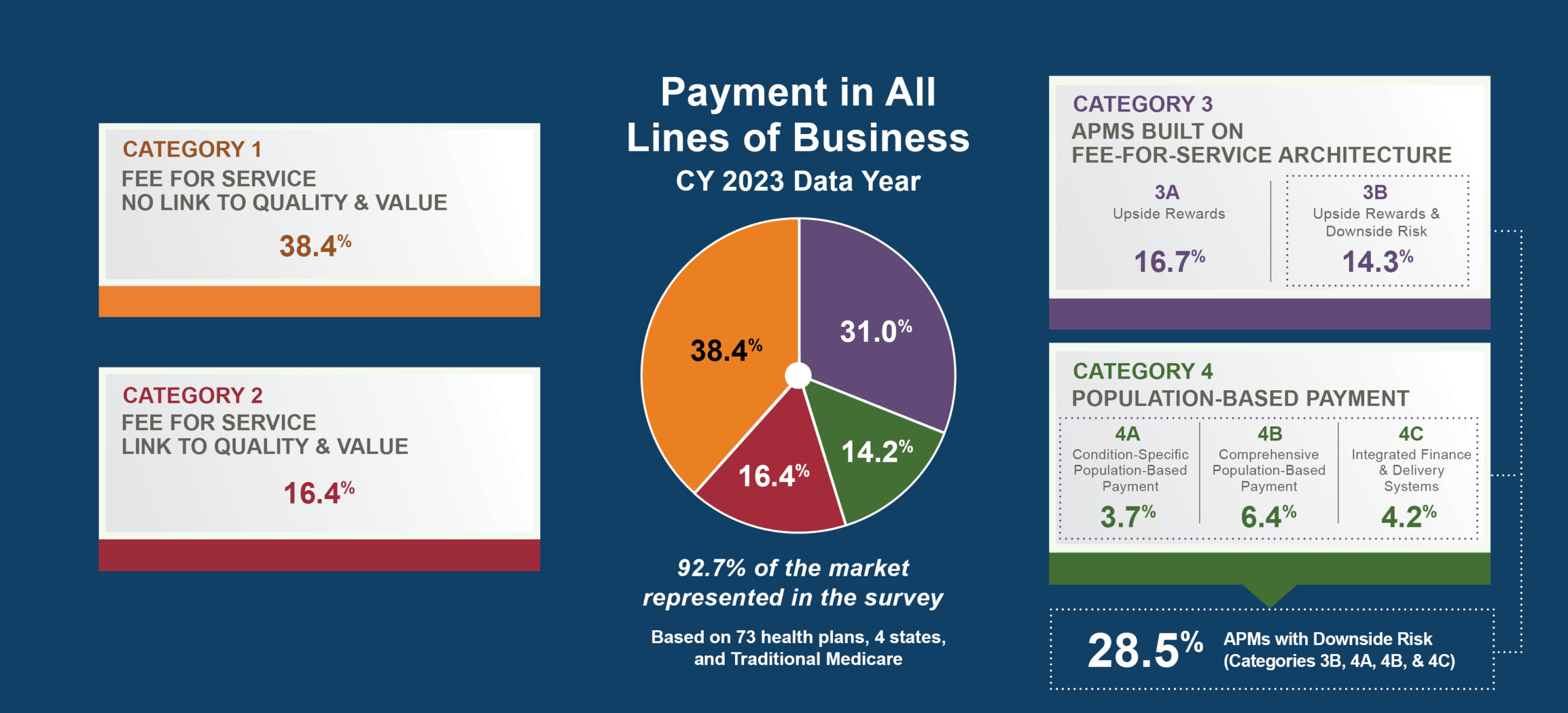

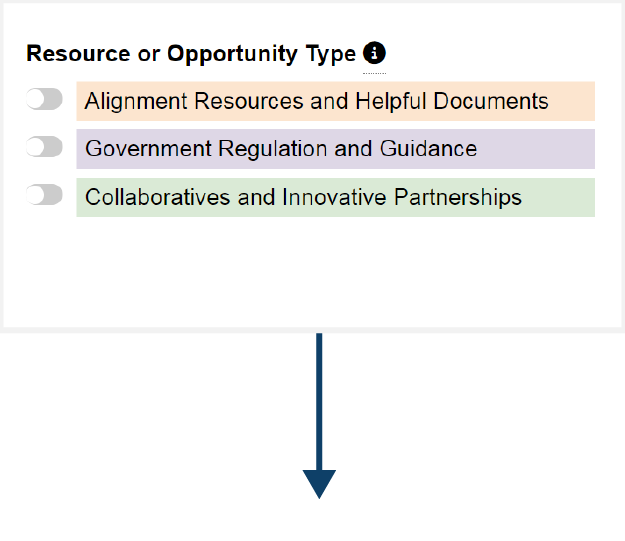
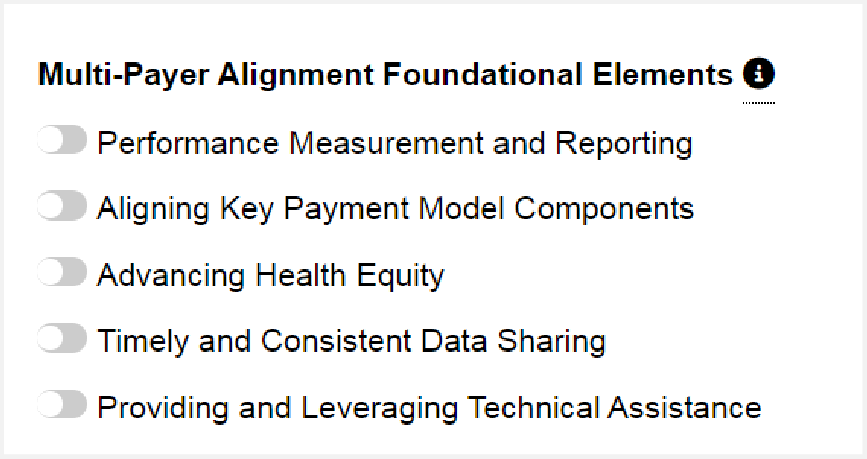




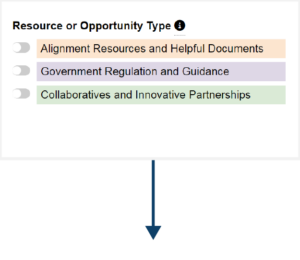

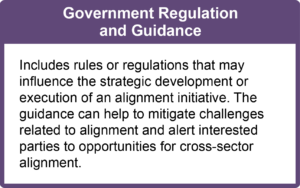
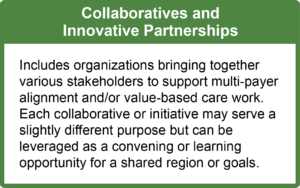
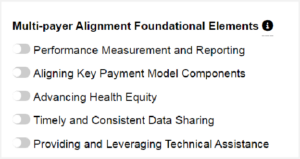




 Emily DuHamel Brower, M.B.A., is senior vice president of clinical integration and physician services for Trinity Health. Emphasizing clinical integration and payment model transformation, Ms. Brower provides strategic direction related to the evolving accountable healthcare environment with strong results. Her team is currently accountable for $10.4B of medical expense for 1.6M lives in Medicare Accountable Care Organizations (ACOs), Medicare Advantage, and Medicaid and Commercial Alternative Payment Models.
Emily DuHamel Brower, M.B.A., is senior vice president of clinical integration and physician services for Trinity Health. Emphasizing clinical integration and payment model transformation, Ms. Brower provides strategic direction related to the evolving accountable healthcare environment with strong results. Her team is currently accountable for $10.4B of medical expense for 1.6M lives in Medicare Accountable Care Organizations (ACOs), Medicare Advantage, and Medicaid and Commercial Alternative Payment Models. Mr. James Sinkoff is the Deputy Executive Officer and Chief Financial Officer for Sun River Health (formerly known as Hudson River HealthCare), and the Chief Executive Officer of Solutions 4 Community Health (S4CH); an MSO serving FQHCs and private physician practices.
Mr. James Sinkoff is the Deputy Executive Officer and Chief Financial Officer for Sun River Health (formerly known as Hudson River HealthCare), and the Chief Executive Officer of Solutions 4 Community Health (S4CH); an MSO serving FQHCs and private physician practices. Victor is the Chief Medical Officer for TennCare, Tennessee’s Medicaid Agency. At TennCare, Victor leads the medical office to ensure quality and effective delivery of medical, pharmacy, and dental services to its members. He also leads TennCare’s opioid epidemic strategy, social determinants of health, and practice transformation initiatives across the agency. Prior to joining TennCare, Victor worked at Evolent Health supporting value-based population health care delivery. In 2013, Victor served as a White House Fellow to the Secretary of Health and Human Services. Victor completed his Internal Medicine Residency at Emory University still practices clinically as an internist in the Veteran’s Affairs Health System.
Victor is the Chief Medical Officer for TennCare, Tennessee’s Medicaid Agency. At TennCare, Victor leads the medical office to ensure quality and effective delivery of medical, pharmacy, and dental services to its members. He also leads TennCare’s opioid epidemic strategy, social determinants of health, and practice transformation initiatives across the agency. Prior to joining TennCare, Victor worked at Evolent Health supporting value-based population health care delivery. In 2013, Victor served as a White House Fellow to the Secretary of Health and Human Services. Victor completed his Internal Medicine Residency at Emory University still practices clinically as an internist in the Veteran’s Affairs Health System. Dr. Brandon G. Wilson, DrPH, MHA (he, him, his) joined Community Catalyst as the Director of the Center for Consumer Engagement in Health Innovation, where he leads the Center in bringing the community’s experience to the forefront of health systems transformation and health reform efforts, in order to deliver better care, better value and better health for every community, particularly vulnerable and historically underserved populations. The Center works directly with community advocates around the country to increase the skills and power they have to establish an effective voice at all levels of the health care system. The Center collaborates with innovative health plans, hospitals and providers to incorporate communities and their lived experience into the design of systems of care. The Center also works with state and federal policymakers to spur change that makes the health system more responsive to communities. And it provides consulting services to health plans, provider groups and other health care organizations to help them create meaningful structures for engagement with their communities.
Dr. Brandon G. Wilson, DrPH, MHA (he, him, his) joined Community Catalyst as the Director of the Center for Consumer Engagement in Health Innovation, where he leads the Center in bringing the community’s experience to the forefront of health systems transformation and health reform efforts, in order to deliver better care, better value and better health for every community, particularly vulnerable and historically underserved populations. The Center works directly with community advocates around the country to increase the skills and power they have to establish an effective voice at all levels of the health care system. The Center collaborates with innovative health plans, hospitals and providers to incorporate communities and their lived experience into the design of systems of care. The Center also works with state and federal policymakers to spur change that makes the health system more responsive to communities. And it provides consulting services to health plans, provider groups and other health care organizations to help them create meaningful structures for engagement with their communities. Tamara Ward is the SVP of Insurance Business Operations at Oscar Health, where she leads the National Network Contracting Strategy and Market Expansion & Readiness. Prior to Oscar she served as VP of Managed Care & Network Operations at TriHealth in Southwest Ohio. With over 15 years of progressive health care experience, she has been instrumental driving collaborative payer provider strategies, improving insurance operations, and building high value networks through her various roles with UHC and other large provider health systems. Her breadth and depth of experience and interest-based approach has allowed her to have success solving some of the most complex issues our industry faces today. Tam is passionate about driving change for marginalized communities, developing Oscar’s Culturally Competent Care Program- reducing healthcare disparities and improving access for the underserved population. Tamara holds a B.A. from the University of Cincinnati’s and M.B.A from Miami University.
Tamara Ward is the SVP of Insurance Business Operations at Oscar Health, where she leads the National Network Contracting Strategy and Market Expansion & Readiness. Prior to Oscar she served as VP of Managed Care & Network Operations at TriHealth in Southwest Ohio. With over 15 years of progressive health care experience, she has been instrumental driving collaborative payer provider strategies, improving insurance operations, and building high value networks through her various roles with UHC and other large provider health systems. Her breadth and depth of experience and interest-based approach has allowed her to have success solving some of the most complex issues our industry faces today. Tam is passionate about driving change for marginalized communities, developing Oscar’s Culturally Competent Care Program- reducing healthcare disparities and improving access for the underserved population. Tamara holds a B.A. from the University of Cincinnati’s and M.B.A from Miami University.


 Dr. Peter Walsh joined the Colorado Department of Health Care Policy and Financing as the Chief Medical Officer on December 1, 2020. Prior to joining HCPF, Dr. Walsh served as a Hospital Field Representative/Surveyor at the Joint Commission, headquartered in Oakbrook Terrace, Illinois.
Dr. Peter Walsh joined the Colorado Department of Health Care Policy and Financing as the Chief Medical Officer on December 1, 2020. Prior to joining HCPF, Dr. Walsh served as a Hospital Field Representative/Surveyor at the Joint Commission, headquartered in Oakbrook Terrace, Illinois.








